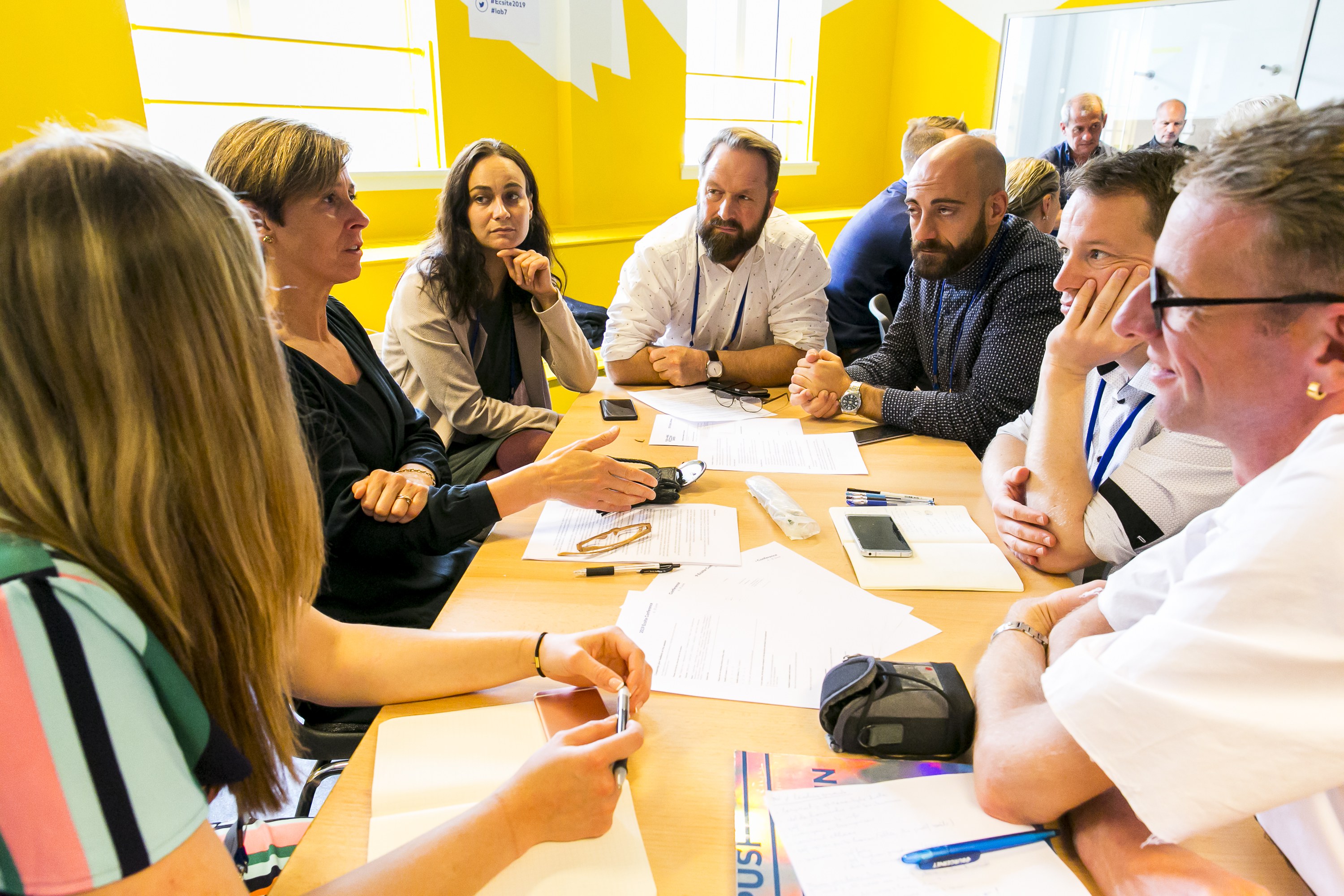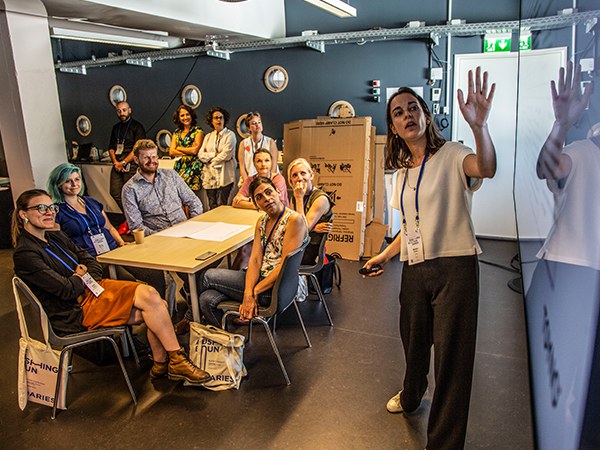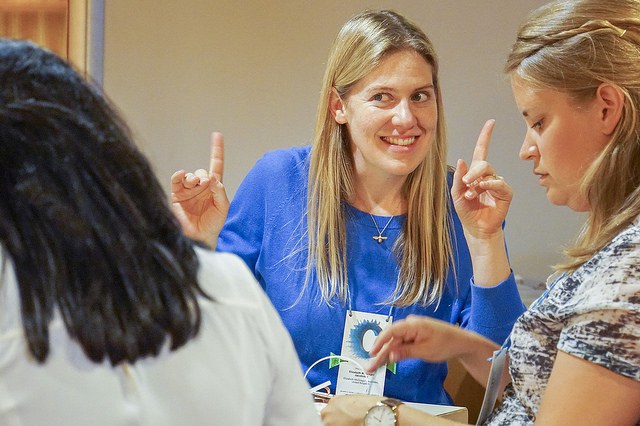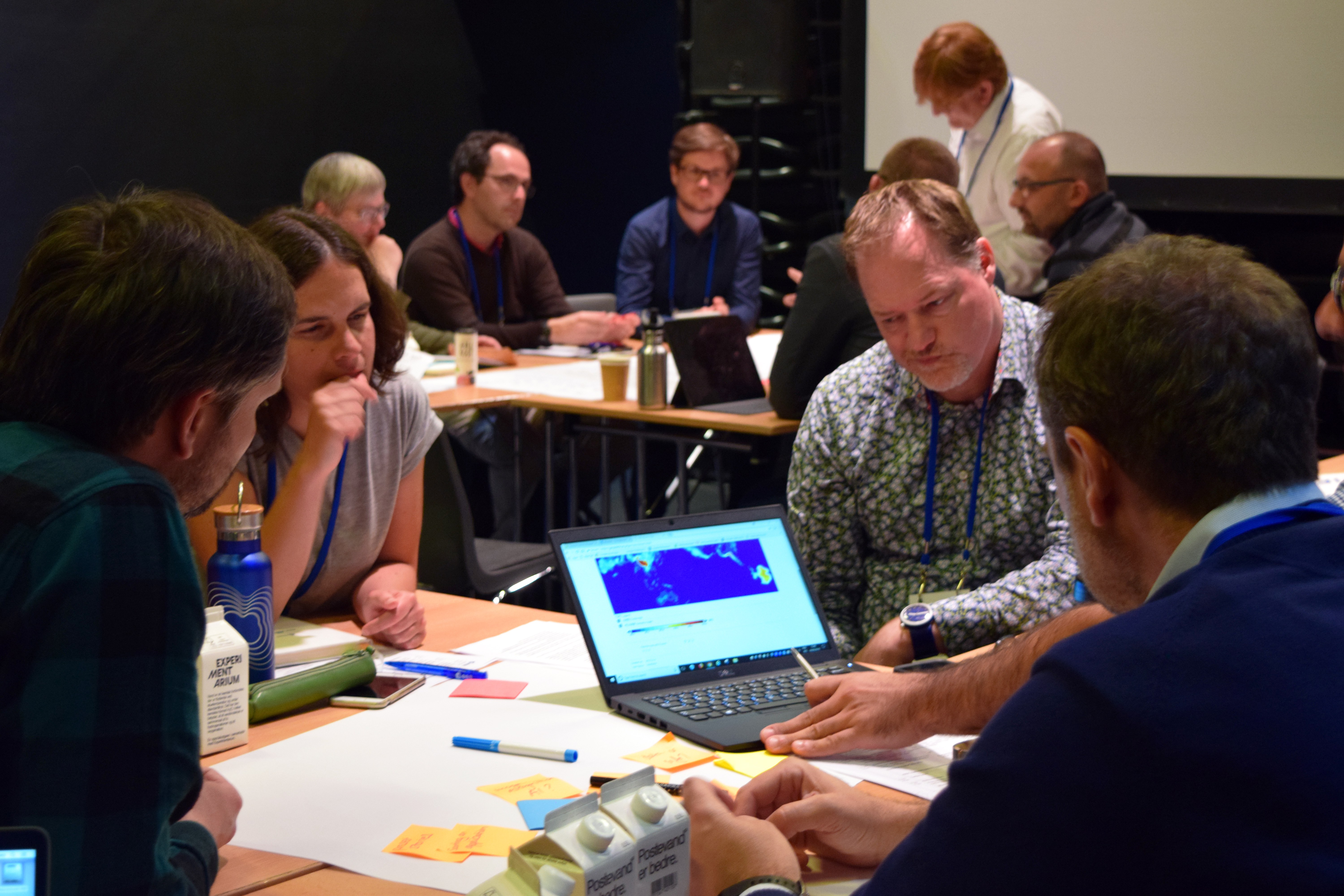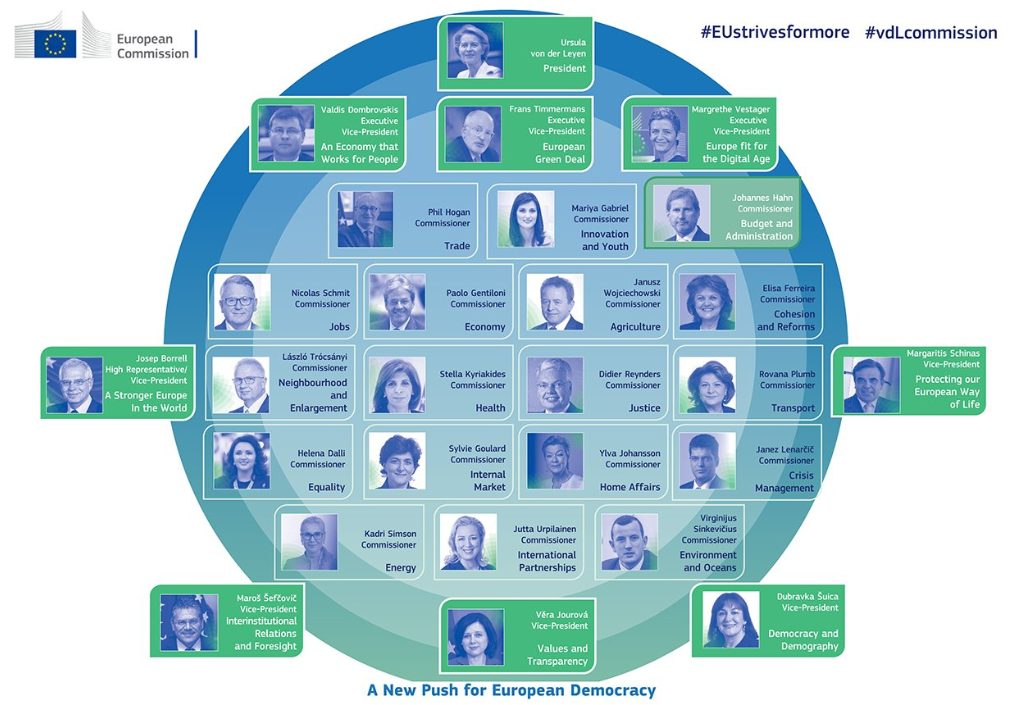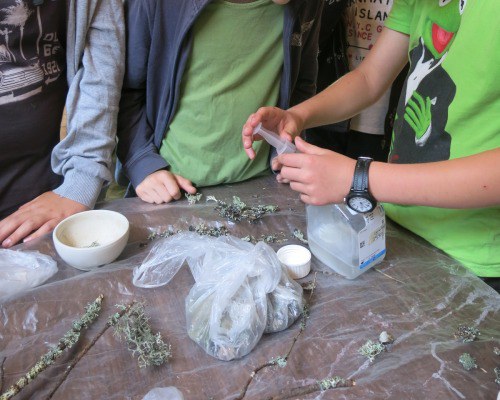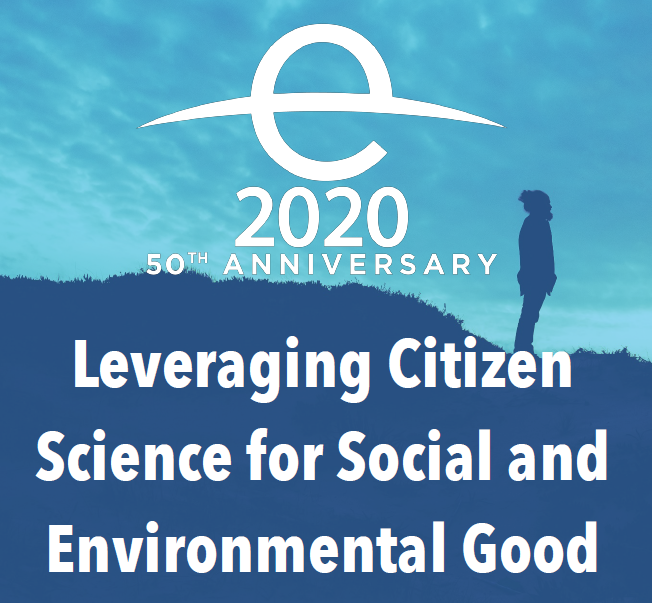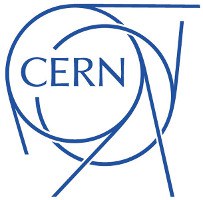Ecsite thanks the writers who have generously contributed to this issue of Spokes. Have an idea for Spokes? Check out the contributors' guide and get in touch.
Spokes is the monthly digital magazine of Ecsite, the European network of science centres and museums. It is put together by the Spokes Editorial Committee:
Maria Xanthoudaki, Head of Education and International Relations, Museo Nazionale della Scienza e della Tecnologia Leonardo da Vinci, Milan, Italy – Chairperson
Julie Becker, Communications and Events Manager, Ecsite, Brussels, Belgium – Editor
Andrea Bandelli, Executive Director, Science Gallery International, Dublin, Ireland
Marie Couëdic, Special Projects Assistant, Ecsite, Brussels, Belgium
Emily Cronin, Partnerships Manager, Touring Exhibitions, Science Museum Group, London, UK
Raquel da Cunha, Events and Communications Officer, Ecsite, Brussels, Belgium
Wiktor Gajewski, Events Director, Copernicus Science Centre, Warsaw, Poland
Pilvi Kolk, Member of the management board, AHHAA Science Centre, Tartu, Estonia
Responsible editor: Catherine Franche, Executive Director for Association européenne des expositions scientifiques, techniques et industrielles, aisbl
Frequency: monthly since April 2015 - issue 55, September 2019
Copyright: reproduction in whole or in part of any article in this magazine is prohibited without permission from Ecsite









